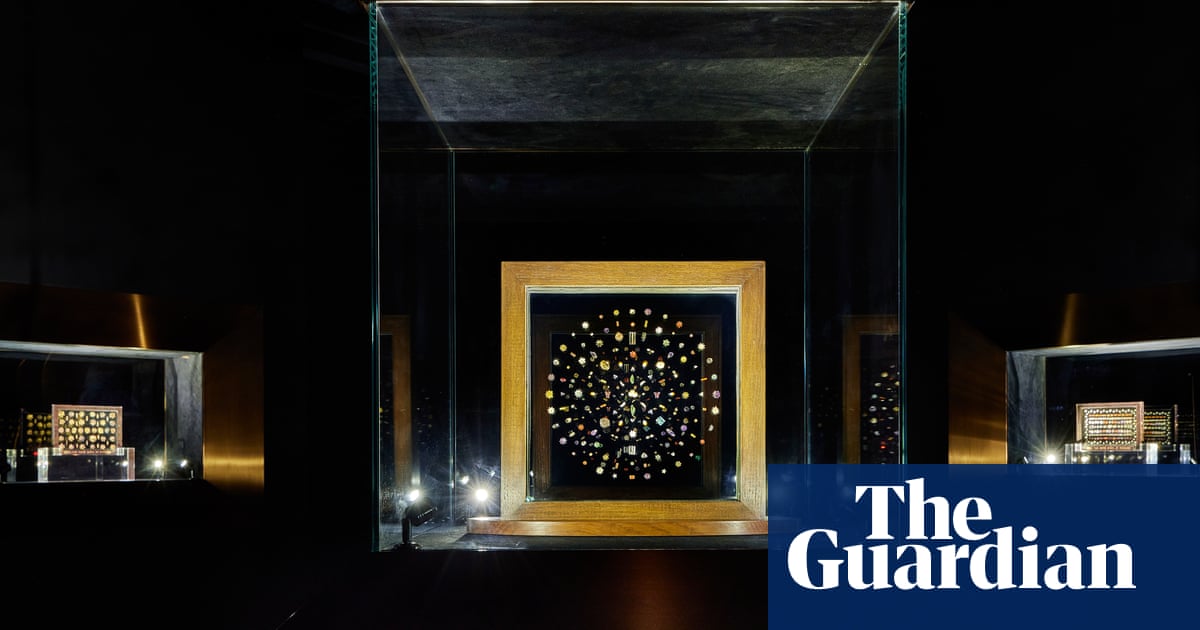The article outlines a significant issue regarding the auction of the Piprahwa gems, which are historically connected to Buddha’s remains. The postponement of the auction by Sotheby's following legal threats from the Indian government highlights the intersection of cultural heritage, international law, and religious sentiments.
Cultural Significance and Legal Implications
The gems, discovered in Piprahwa, India, are considered an integral part of both Indian and global Buddhist heritage. India’s assertion that the relics are “inalienable” and their intended sale constitutes a violation of cultural heritage laws underscores the legal complexities surrounding artifacts that hold immense historical and religious significance. The emphasis on these gems as sacred to over 500 million Buddhists globally reveals the deep-rooted sentiments tied to them.
Impact on Stakeholders
The postponement allows for potential discussions between Sotheby's and the Indian government, indicating the auction house's willingness to engage in dialogue. This decision reflects a recognition of the broader implications of cultural sensitivity and respect for religious values. Critics from academic and monastic circles support India's stance, suggesting that the auction could disrupt sacred traditions. This alignment of academic and religious leaders with governmental interests suggests a unified front against perceived exploitation of cultural heritage.
Public Sentiment and Perception
By framing the auction as offensive to Buddhist sentiments, the article aims to evoke a sense of solidarity among those who identify with the Buddhist community and those concerned about cultural exploitation. This rhetoric serves to rally public support for India’s position while potentially framing Sotheby’s in a negative light for considering the auction.
Potential Manipulation and Underlying Agendas
While the article presents factual information, the way it emphasizes the emotional and cultural stakes involved could suggest a degree of manipulation aimed at garnering public sympathy for India's legal position. The choice of language and focus on the negative consequences of the auction for the Buddhist community may be designed to elicit a strong emotional response, which can influence public opinion and support for government actions.
Broader Implications
This news could affect various sectors, including the auction industry, cultural heritage preservation efforts, and even international relations between India and Western auction houses. The legal and ethical debates surrounding such artifacts may prompt broader discussions on cultural restitution and the ownership of historical relics.
Community Support and Target Audience
The article resonates particularly with communities that value cultural heritage, religious sentiments, and ethical considerations in the auctioning of artifacts. It appeals to Buddhists worldwide, cultural historians, and advocates for the protection of cultural heritage.
Market and Economic Considerations
The postponement of the auction may have immediate implications for Sotheby's and similar auction houses, potentially affecting their stock prices and market reputation. Investors may view this as a risk factor, particularly in dealings involving culturally sensitive items.
Global Power Dynamics
The situation reflects broader themes of cultural ownership and the ethics of artifact auctioning, which are increasingly relevant in today's globalized world. This incident may encourage countries to reassess their cultural policies and strengthen legal frameworks to protect their heritage.
Use of AI in Article Composition
There is no direct evidence to suggest that AI was used in writing this article. However, if AI models were employed, they might have influenced the narrative style and structure, potentially emphasizing certain aspects of the story, such as emotional appeal and legal ramifications.
The overall reliability of this news can be considered high, as it presents a clear account of the events surrounding the auction postponement, supported by statements from relevant parties. However, the emotional framing and appeals to cultural sentiment may introduce a certain level of bias in conveying the story.
